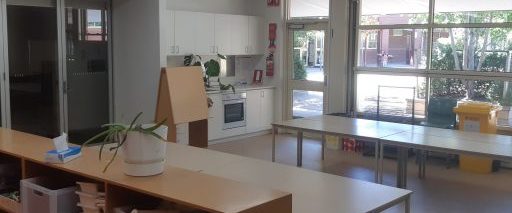Inquiry: Our Systems, Our World, Ourselves
Big ideas:
- A system set of parts working together or interconnected to form a complex whole
- Organisation and classification helps us understand the world
- Our understandings influence our decisions

As we wrap up the Expand phase of our inquiry, students are beginning to consider the different ways they can apply their learning in new contexts. Moving towards publishing their indigenous species reports they are considering the ways they can support the survival of their focus plants and animals within our school community and beyond – with potential for gardening projects, bird boxes or more. As students complete their drafts, edits and revision of their scientific procedure texts they are now also starting to consider how they may conduct their experiments to classify different objects and materials.
Our assemblies have marked two exciting occasions, Book Week and Fathers and Special Carers’ Day with students showcasing their creativity and confidence.
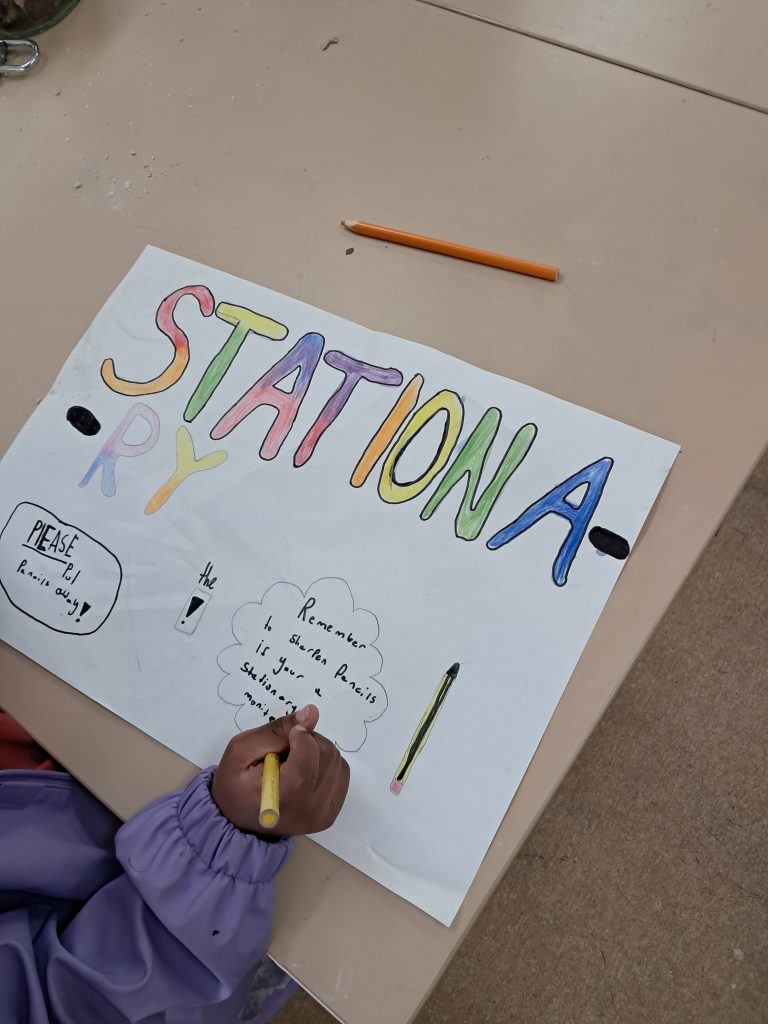
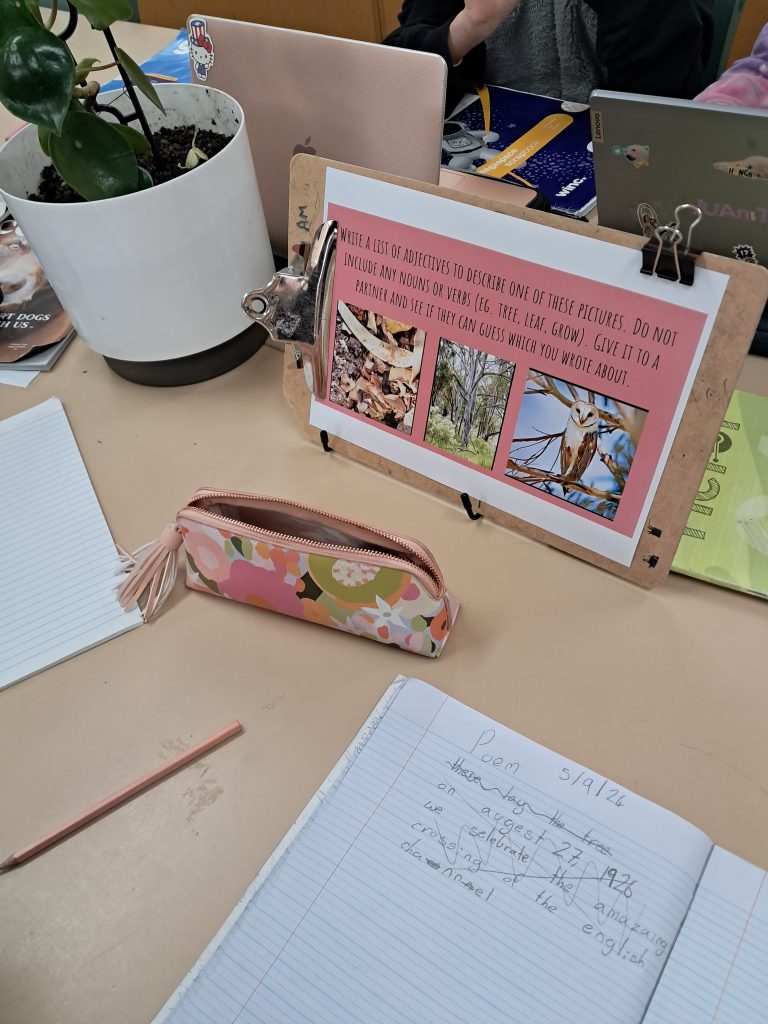
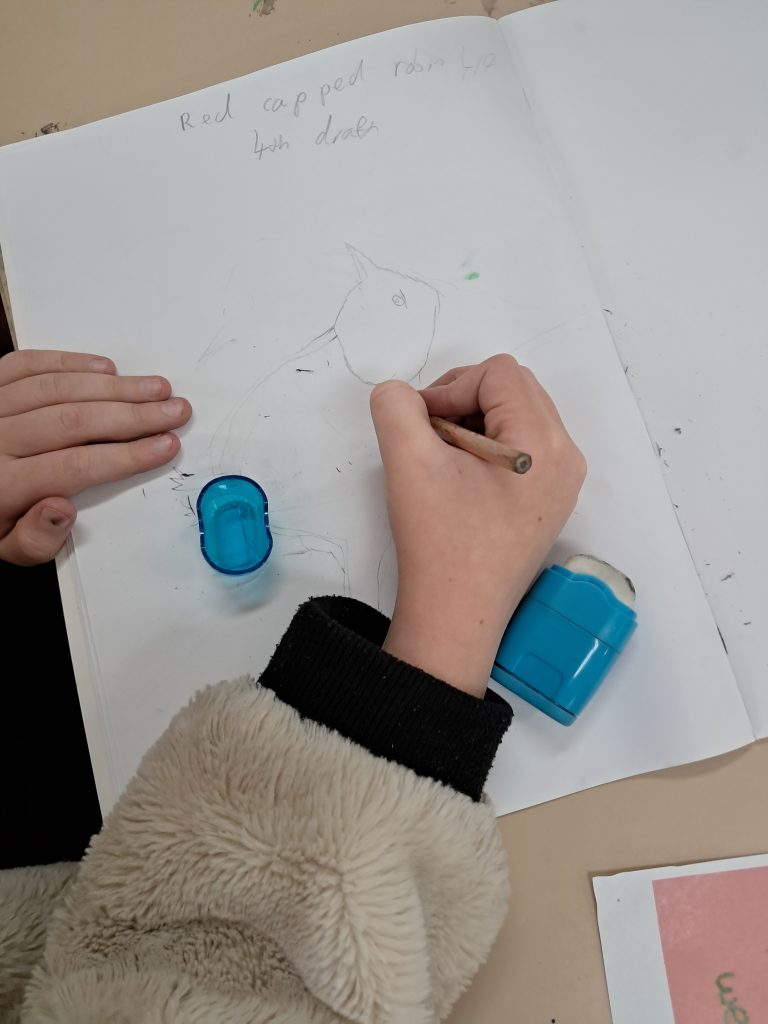
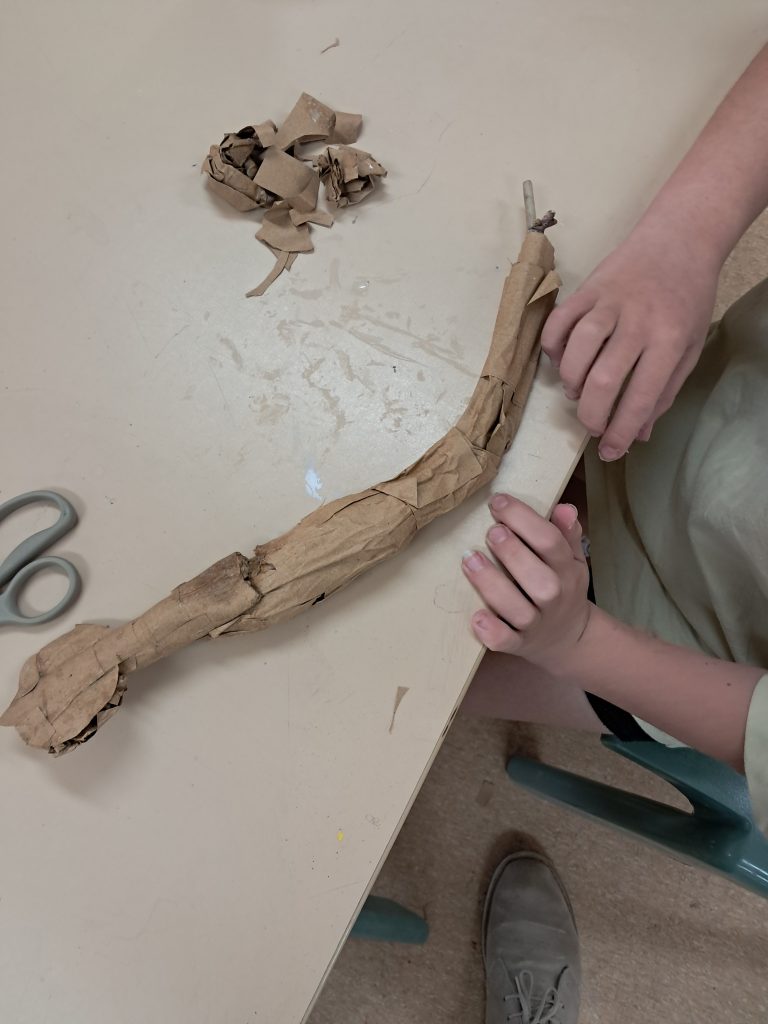
Next steps:
Mathematics
Students are looking deeply into place value, developing their ability to explore mathematics through rich problem solving activities and will be building upon their understanding of fractions to look more closely at place value including decimals.
Students have also been consolidating their understanding of divisibility and how evidence can be used to support their reasoning.
Looking ahead, we will be thinking about how mathematics can support our ambitious goal of rewilding Princes Hill so that it is more welcoming to indigenous species.
Writing
Students’ have additionally begun transferring their interest and new knowledge about the natural world into poetry. As we embark on crafting poems to enter into the Poem Forest competition – with every entry leading to a tree planted – they will be focusing on developing their use of descriptive language, similes, personification, and applying their new scientific understandings.
Spelling foci:
We are now reviewing the diverse spellings of short vowel sounds, looking at /e/, /i/, /o/
Teach the phoneme long /e / represented by the graphemes ee and ea, e phoneme /i/ represented by the graphemes igh, ie and –y.
